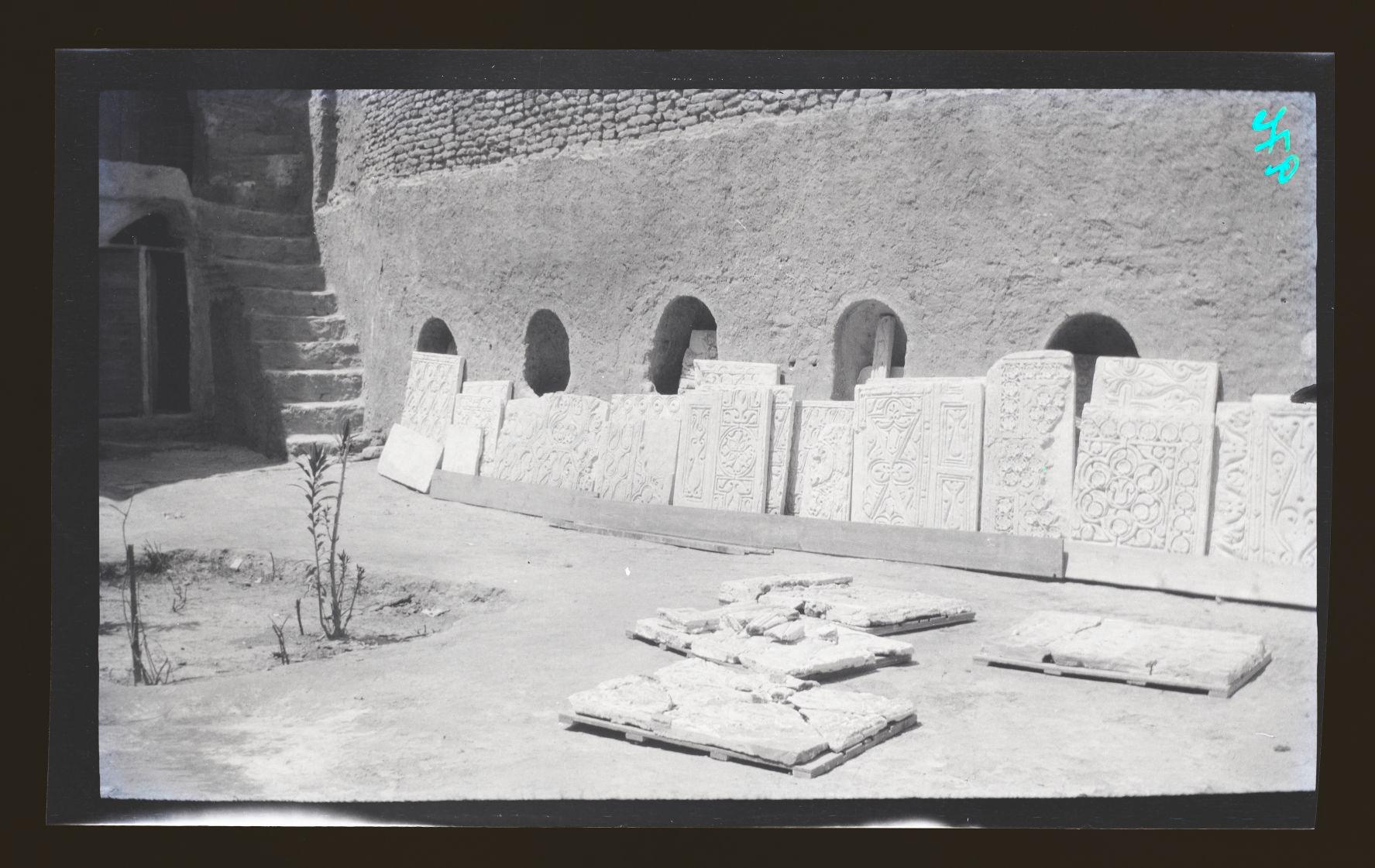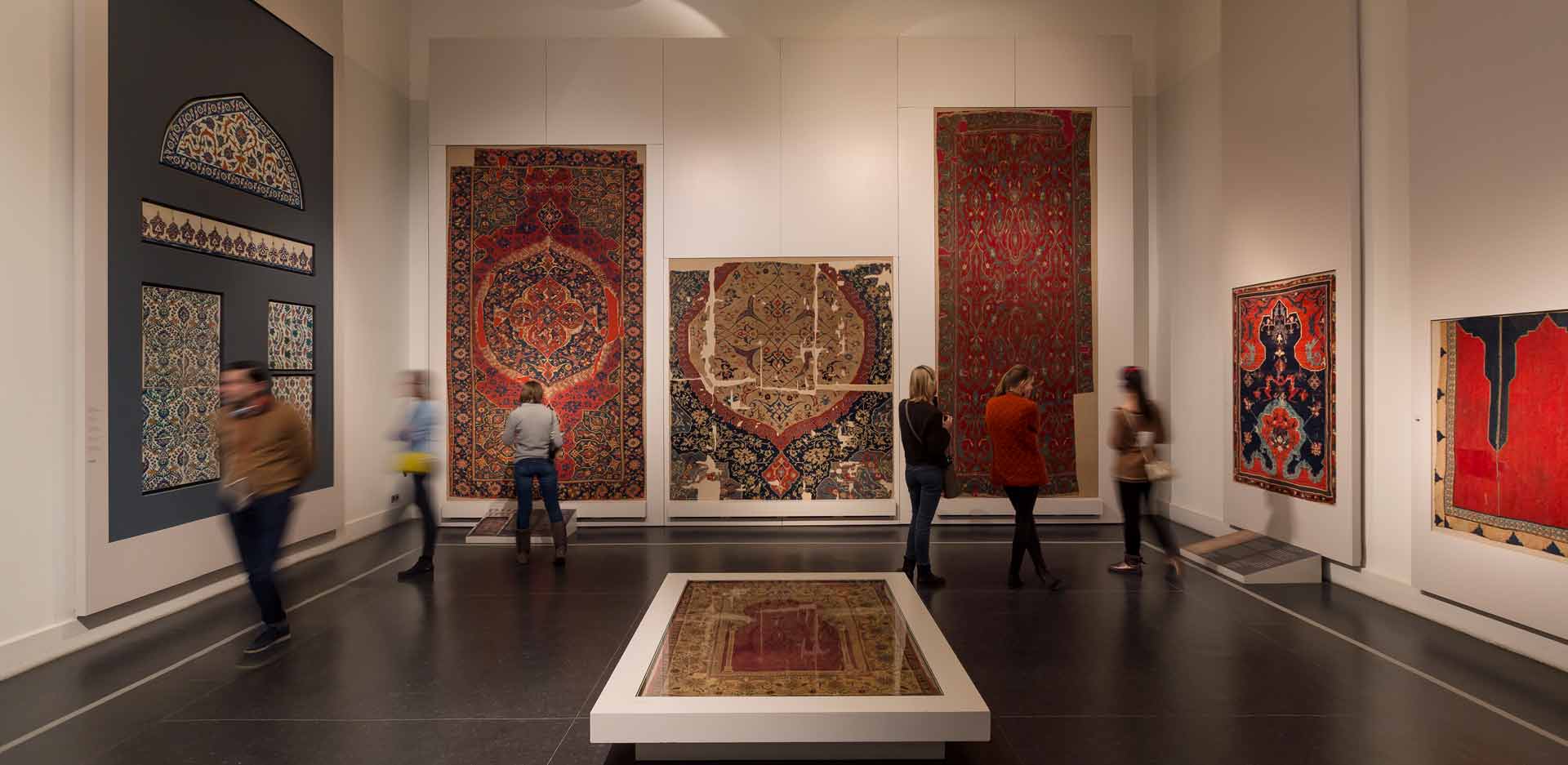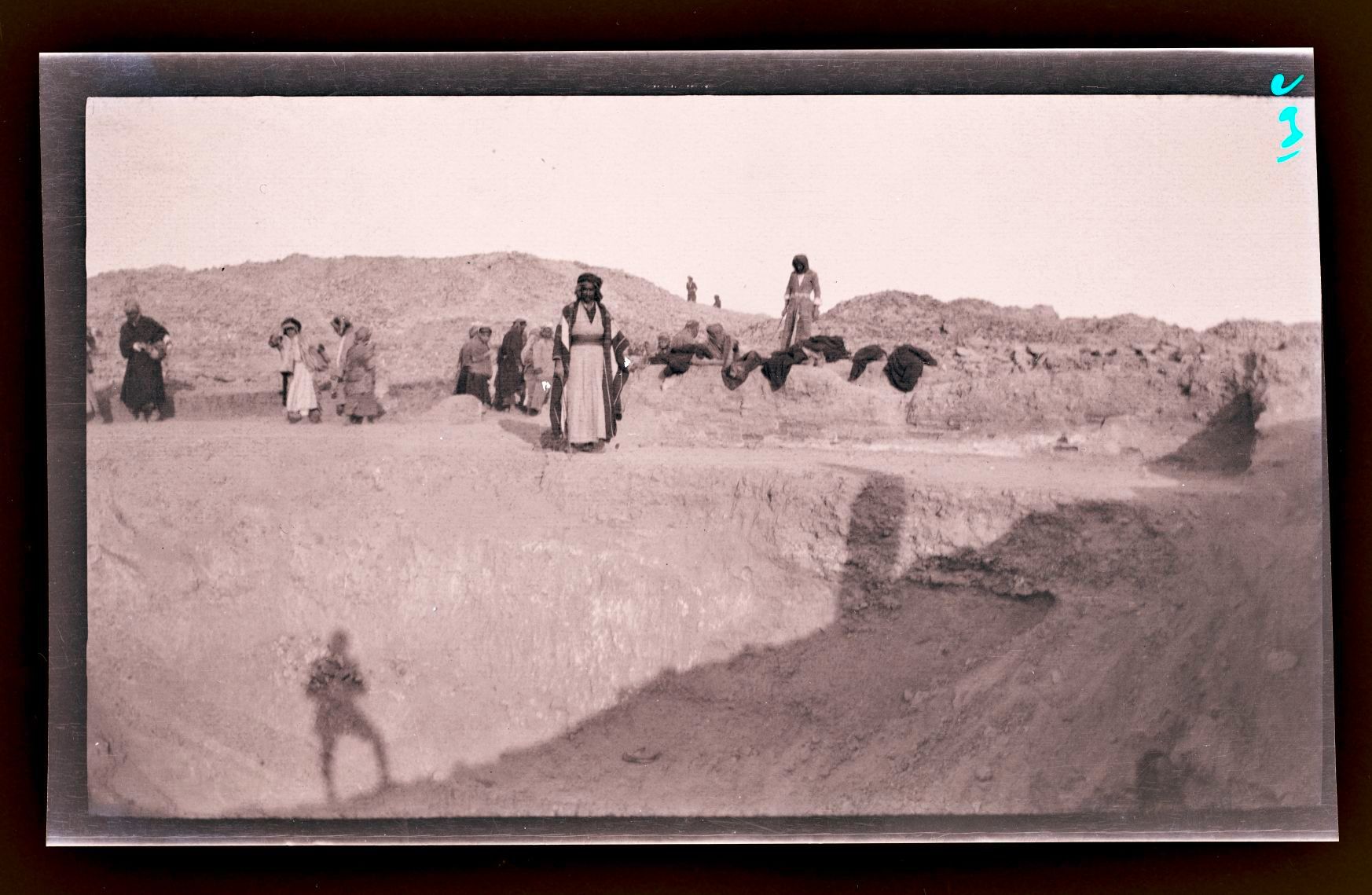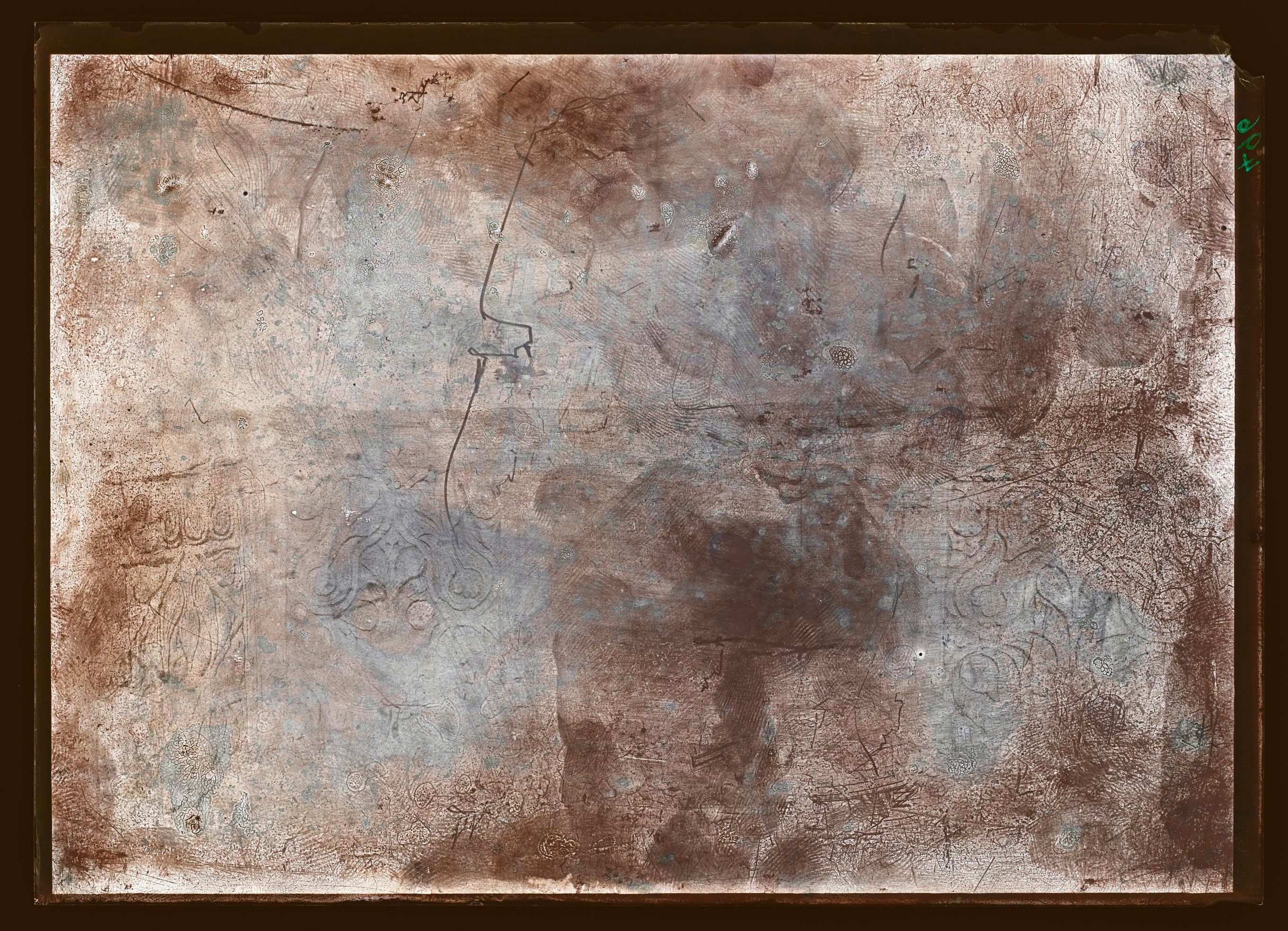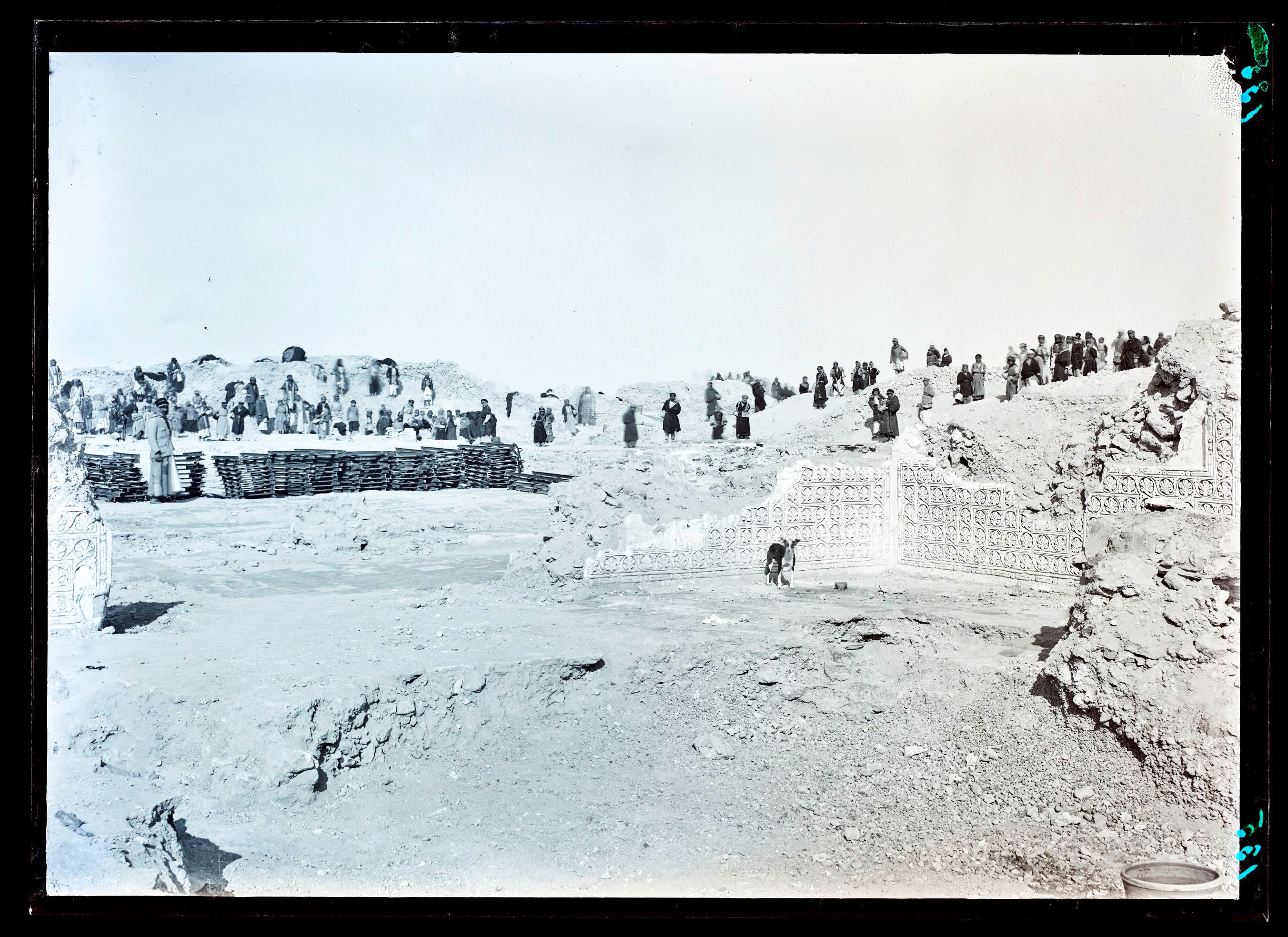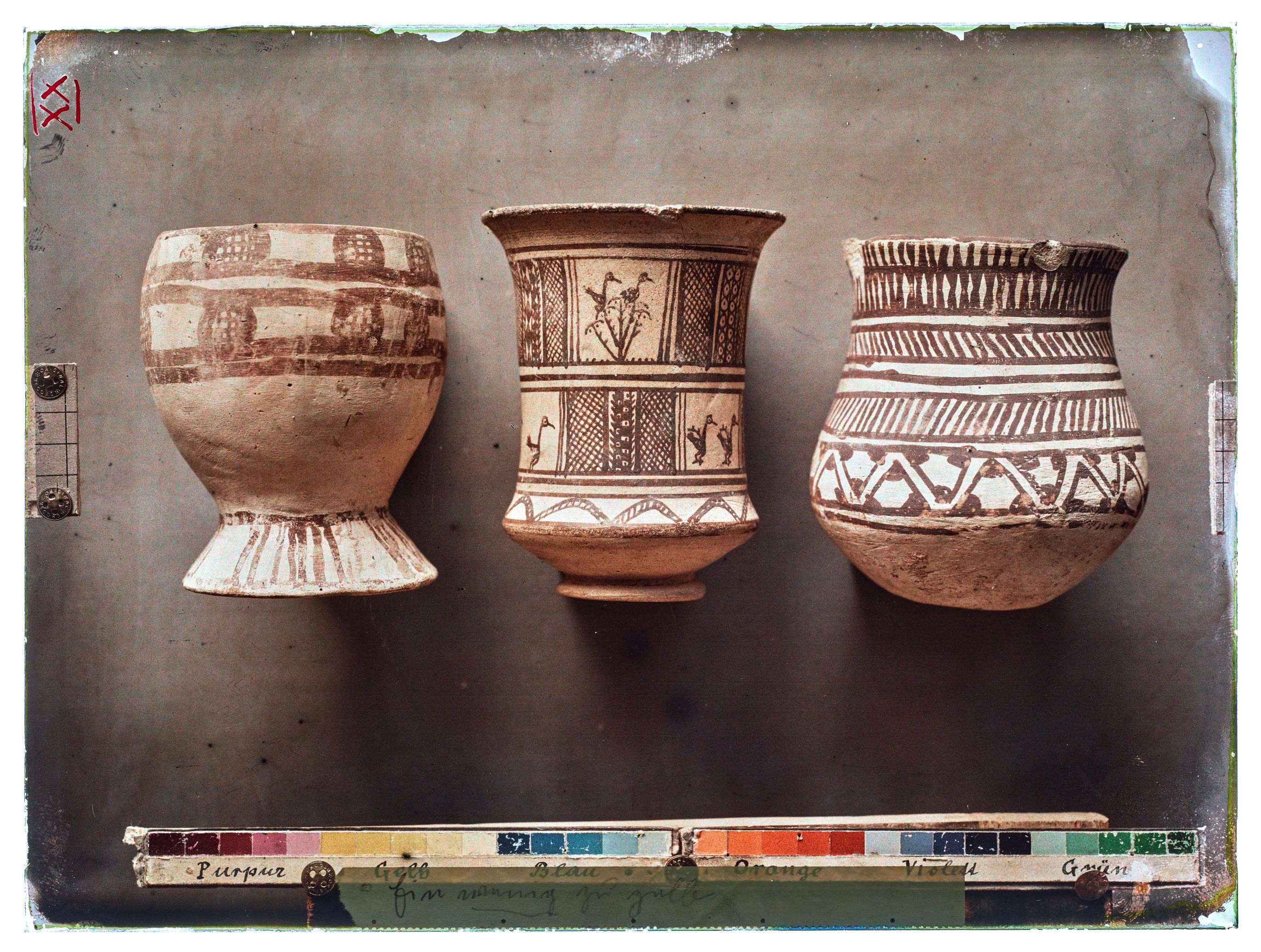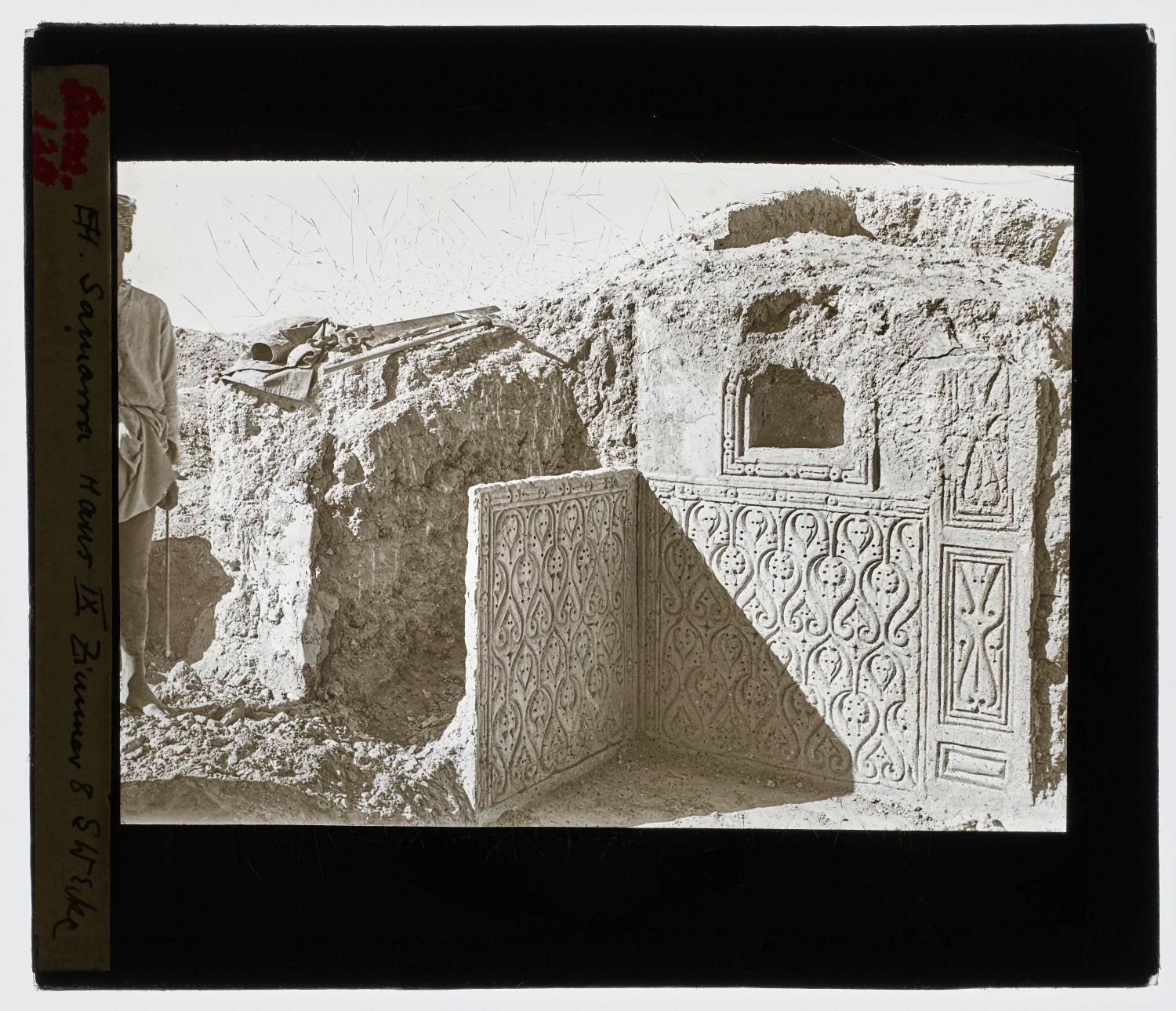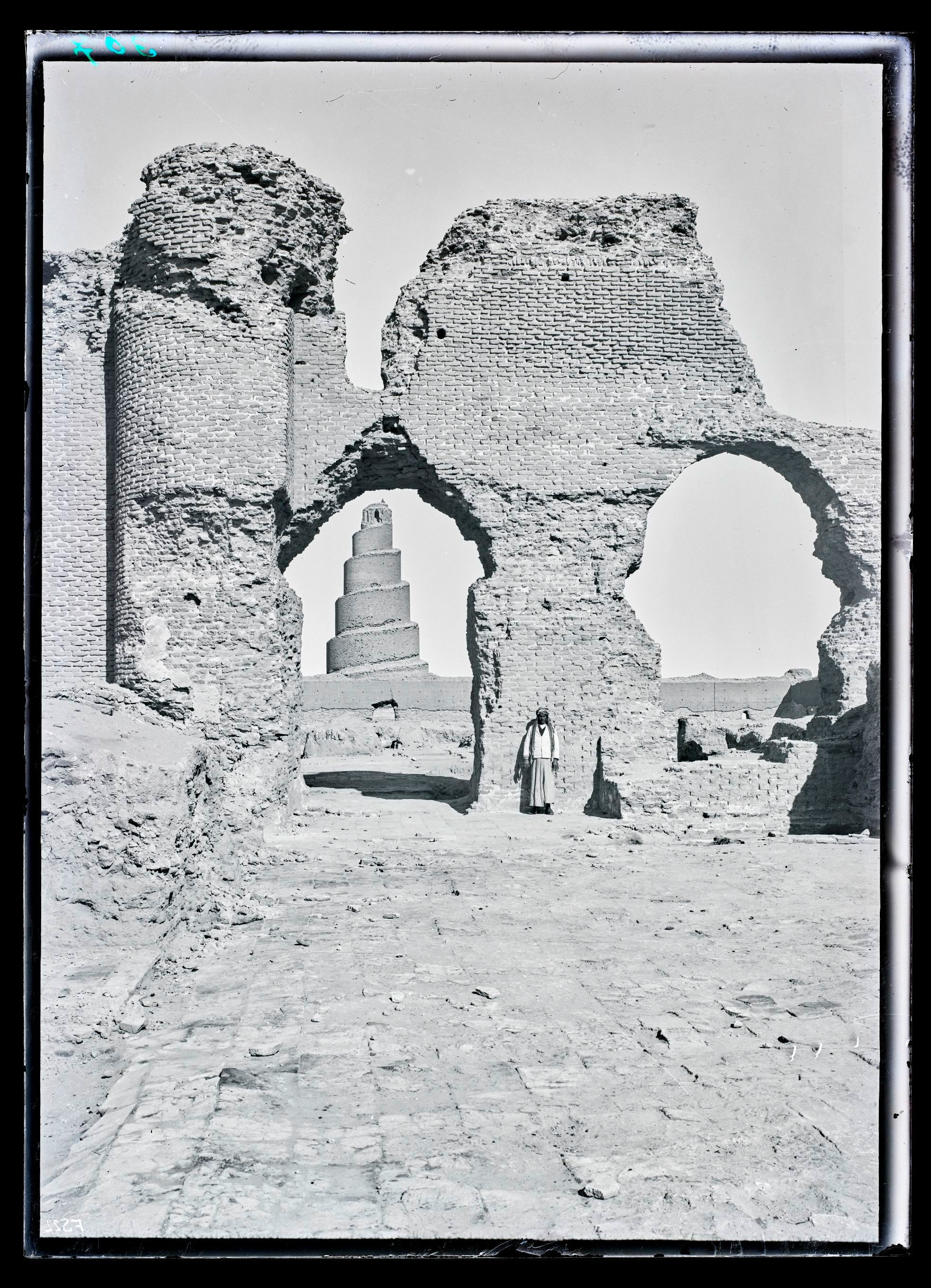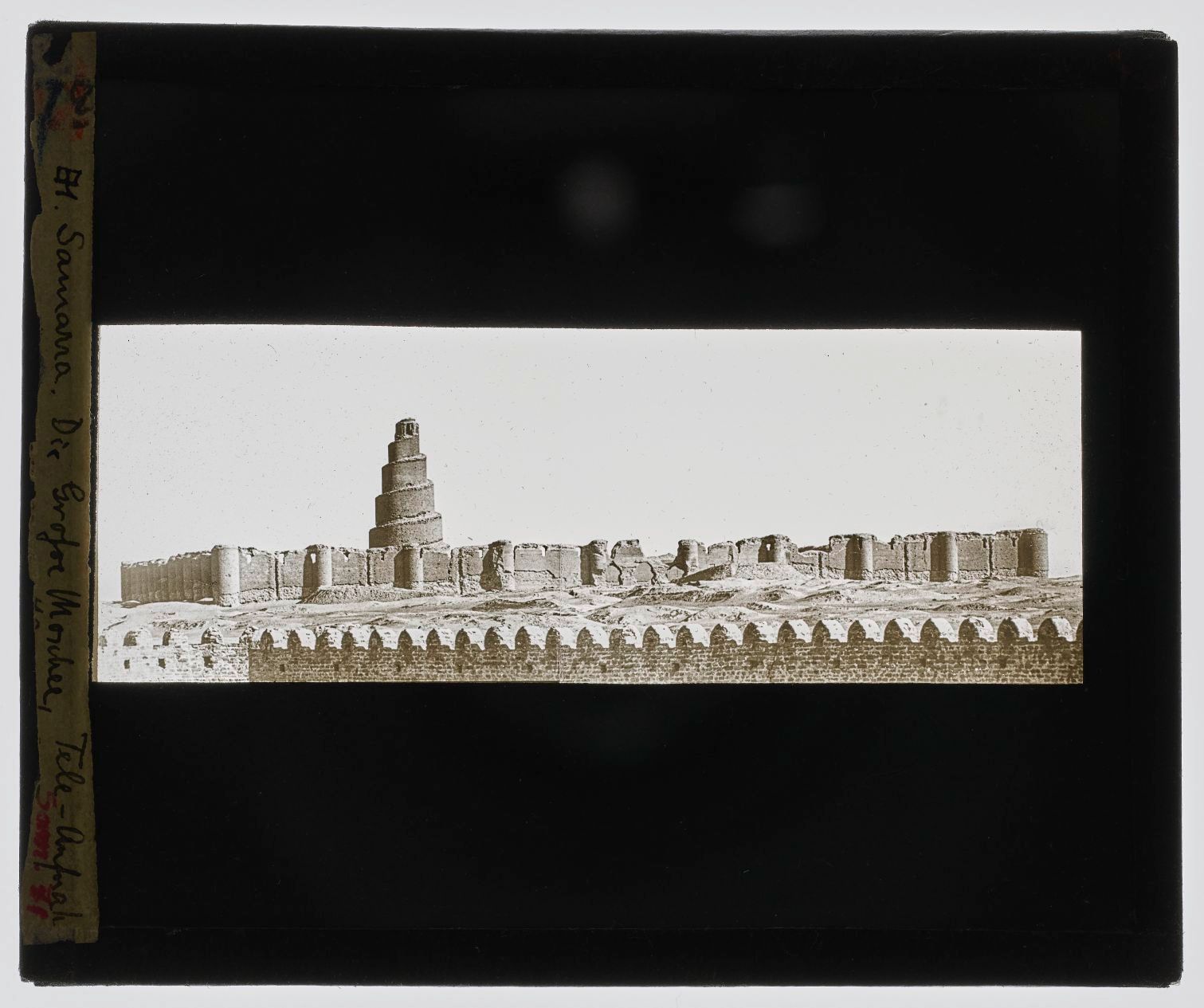History of the Collection
The collection of the Museum for Islamic Art comprises works of art, culture, and archaeology from Muslim-influenced societies from late antiquity to modern times. Its exhibits come from an area stretching from the southern and eastern Mediterranean through Anatolia, the Middle East, and Central Asia to India. In the stories about the collection's history, we take a look at the people and exhibits associated with the Museum of Islamic Art's collection.
Cairenes and Cairo of the 1970s
Photos from Michael Meinecke and his wife, the art historian Viktoria Meinecke-Berg highlight the daily life of Cairenes in Historic Cairo during the 1970s, showcasing one of the world's richest cities filled with Islamic monuments.
Mihrab Tile from Kashan
In this provenance research story, we trace the origins of a tile that entered the museum collection in Berlin from Spain, but was probably made in the workshops of Kashan.
Jewish collectors of Islamic art
At the beginning of the 20th century, several Jewish Berliners were intensively involved in building the collection of the Museum for Islamic Art. How did they shape the museum and its collection? This highlights people without whom the museum would probably not exist in its current form.
The Collector Dr. Max Ginsberg
Some Jewish individuals were deeply involved in building the collection of the Museum for Islamic Art in the early 20th century. Dr. Max Ginsberg (1872-1938), a Berlin-based merchant and banker, was one of them.
Through Shadi Ghadirian’s Lens
Discussing Shadi Ghadirian's Qajar series, photography in Iran, identity, and the audience's engagement with her art.
Conservation of Carpets
Learn about carpet restoration history and processes at the Museum for Islamic Art.
From Samarra to Berlin
The provenance of stucco decorations from the caliphs' residence in Samarra to the Islamic section of the Royal Museums in Berlin.
DIGITALISING SAMARRA
All of the 1.500 or so preserved photographs of two excavation campaigns are now available for the first time.
SAMARRA REVISITED - QUESTIONING
How can the photos be linked to current social discourses?
SAMARRA REVISITED - RESEARCH
Excavation photographs help archaeologists and provenance researchers in research work.
VOICES AND MEMORIES OF SAMARRA
Voices from Samarra sharing their memories and wisdom with us.
Samarra Revisited
What actually happens behind the scenes in the museum? The special exhibition "Samarra Revisited - New Perspectives on the Excavation Photographs from the Palaces of the Caliph" opens a very personal insight of the employees into the museum work.





